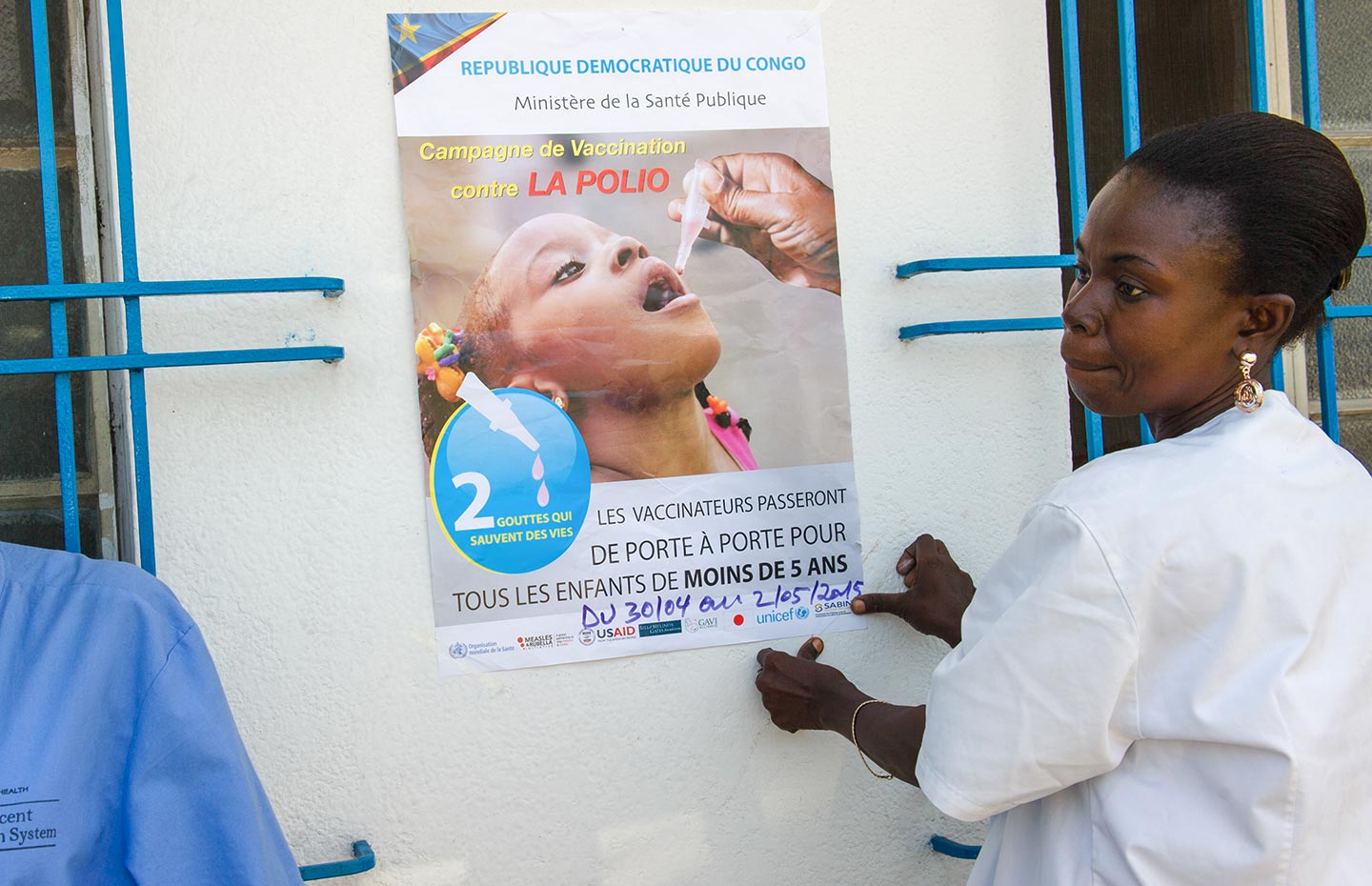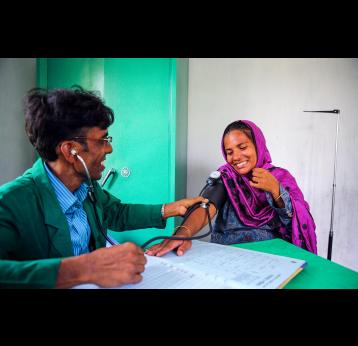Co-financing of vaccines and injection devices is one of the ways in which Gavi-supported countries contribute to their immunisation costs. Countries effectively co-procure a portion of their vaccine and safe injection devices, either directly from a vaccine supplier or through a procurement agency.
The level of the co-financing contributions is based on each country’s ability to pay, as measured by its gross national income per capita. As a country’s national income grows, its co-financing obligations increase incrementally until it is fully self-financing all vaccine programmes.
The ultimate objective of Gavi’s co-financing policy is to put countries on a trajectory towards financial sustainability and prepare them for phasing out of our support. The timeframe for achieving financial sustainability varies across countries. For the poorest countries, many years may be required to reach this point. Therefore, the intermediate objective is to gradually enhance country contributions and ownership of vaccine financing.
Inactivated polio vaccine, human papillomavirus vaccine demonstration programmes and all vaccination campaigns, except follow-up campaigns with measles and measles-rubella vaccines, are exempt from co-financing.


